Blog
Sustainable Urbanisation – Can our cities fight climate change?
It might seem paradoxical, but it is in cities that our biggest battles against climate change can be won. Cities across the world have the highest concentration of people per unit area, which means that they are also responsible for concentrated emissions and resources consumption. India alone, with more than two-thirds of its built environment yet to take shape, and nearly 200 million new city dwellers expected by 2030, can ensure that its future urban infrastructure and practices are resource-sensitive and environmentally resilient. Below are some key aspects :-
We are already seeing positive signs of growing awareness on the subject. There is increasing focus on renewable power in India – wind and solar energy, for example. India ranks fourth in the world in terms of total installed wind power capacity. With India’s energy demand expected to reach 15,820 TWh by 2040, renewable energy is set to play an important role.

A crucial aspect of accelerating urbanisation and growing cities is the vast amount of energy and resource-using infrastructure that is yet to be put in place. Buildings consume energy and natural resources, and emit waste and greenhouse gases. Worldwide, cities are investing in efficiency measures to make buildings more sustainable. Closer home, India ranks second only to the U.S. in terms of the number of green technology projects and built-up area. As of September 2017, more than 4,300 projects utilising green technology and accounting for approximately 4.7 billion sq.ft. of built-up area were registered in India (IGBC data). In fact, India’s market for green buildings is predicted to reach up to 10 billion sq.ft. by as early as 2022. Green buildings can significantly reduce the ecological footprint of India’s cities, and consequently, of our planet.

Climate action must be incorporated at the city planning stage itself and must be flexible, to incorporate changing climate needs. At Mahindra Lifespaces, our approach to the development of urban communities - whether residential projects, Mahindra World City (MWC) developments or the industrial clusters brand of ORIGINS – has environmental responsibility at its core. All our developments incorporate green architecture, environment-friendly building materials and a sustainable supply chain. Mahindra World City, Jaipur is the first project in Asia to receive Climate Positive Development Stage 2 Certification from the C40 Cities Climate Leadership Group (C40), a global network of large cities acting to address climate change.

Local environments and cultures vary, with the result that urban ‘innovation’ is a multi-hued term that lends itself to interpretation. However, clean energy innovations can look good and save the environment too - Installing solar panels along a building’s exterior, for example. At MWC Jaipur, solar PV installations have resulted in estimated annual energy savings of 348,000 kWh; and estimated annual reduction in CO emissions of 343 ton. Additionally, solar rooftop parking installed at MWC Jaipur has the potential to generate 25 – 30% annual savings in site office electrical expenses.

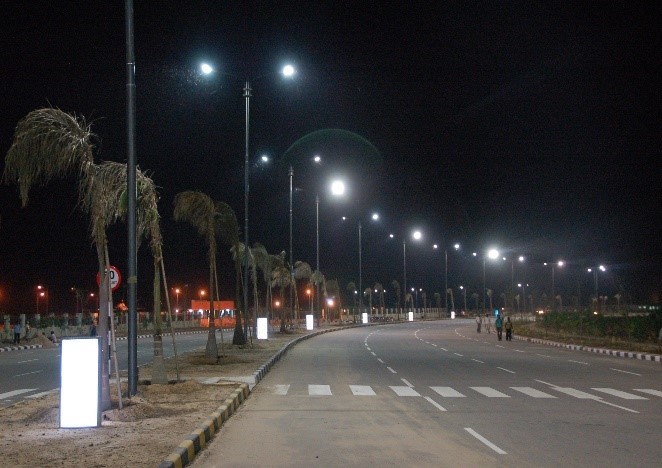
The undeniable link between GHG emissions and the transportation sector means that cities the world over are exploring alternative modes of transport. For example, Copenhagen’s “bicycle superhighway” has reduced carbon emissions and pollution and improved public health. In India, Mahindra World City, Chennai is now India’s first integrated city to introduce eco-friendly, intra-city cycle sharing. Efficient Mass Rapid Transit (MRT) systems can also limit city emissions.
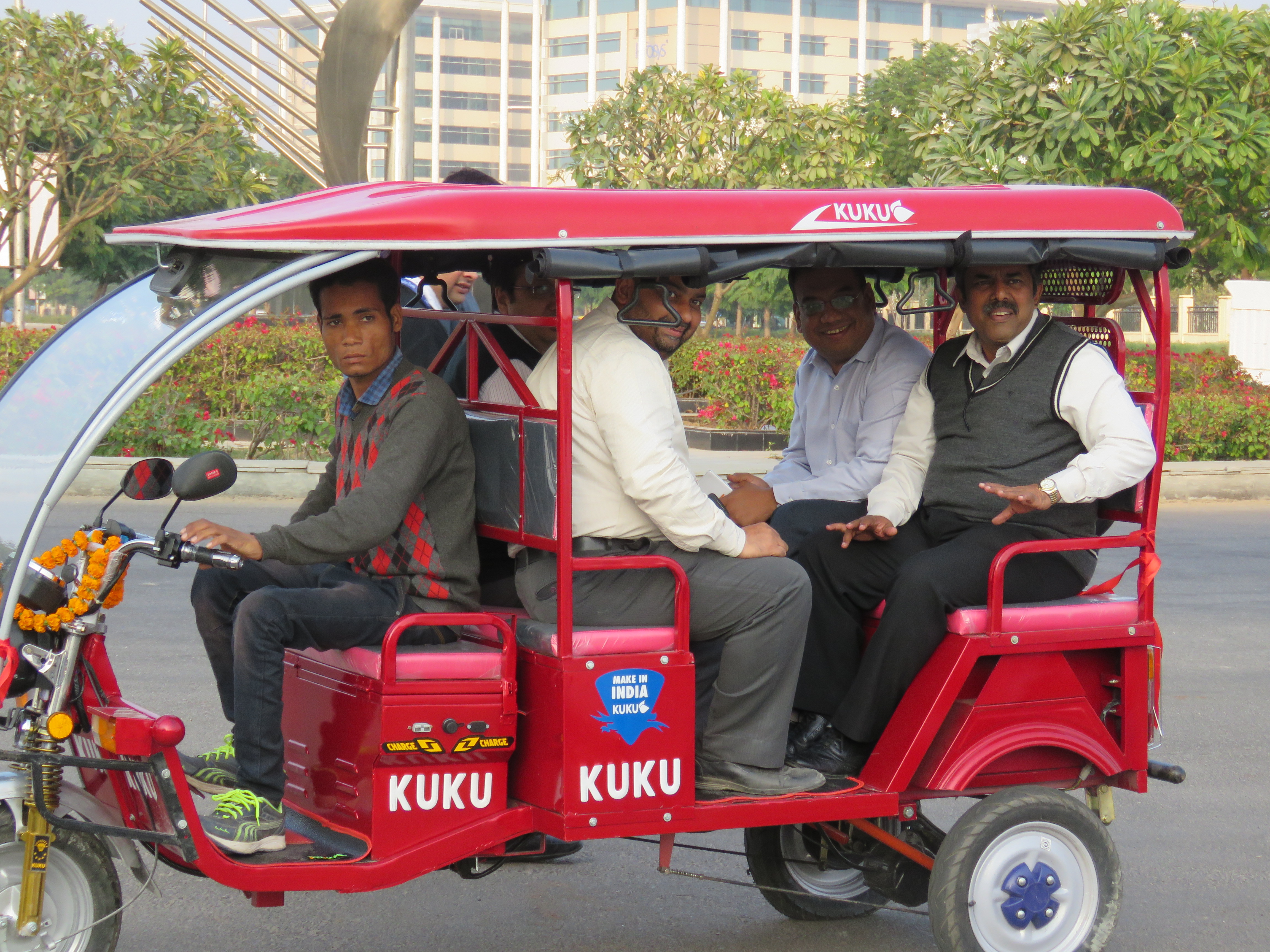
Two years back, this was a relatively unknown term. However, plastic pollution is now emerging as one of the biggest environmental challenges of our time. A vast majority of plastic produced isn’t recycled, but ends up in landfills, oceans and green spaces, where it pollutes ecosystems, harms animals and contaminates drinking water. But if viewed as a resource, investment and employment provider, waste has immense potential via a circular economy approach. Fundamentals shifts are needed to the ways in which cities, and citizens, produce and consume; we need to move away from a ‘one-time use’ model, to ‘reduce, re-use and recycle plastic’ in earnest.
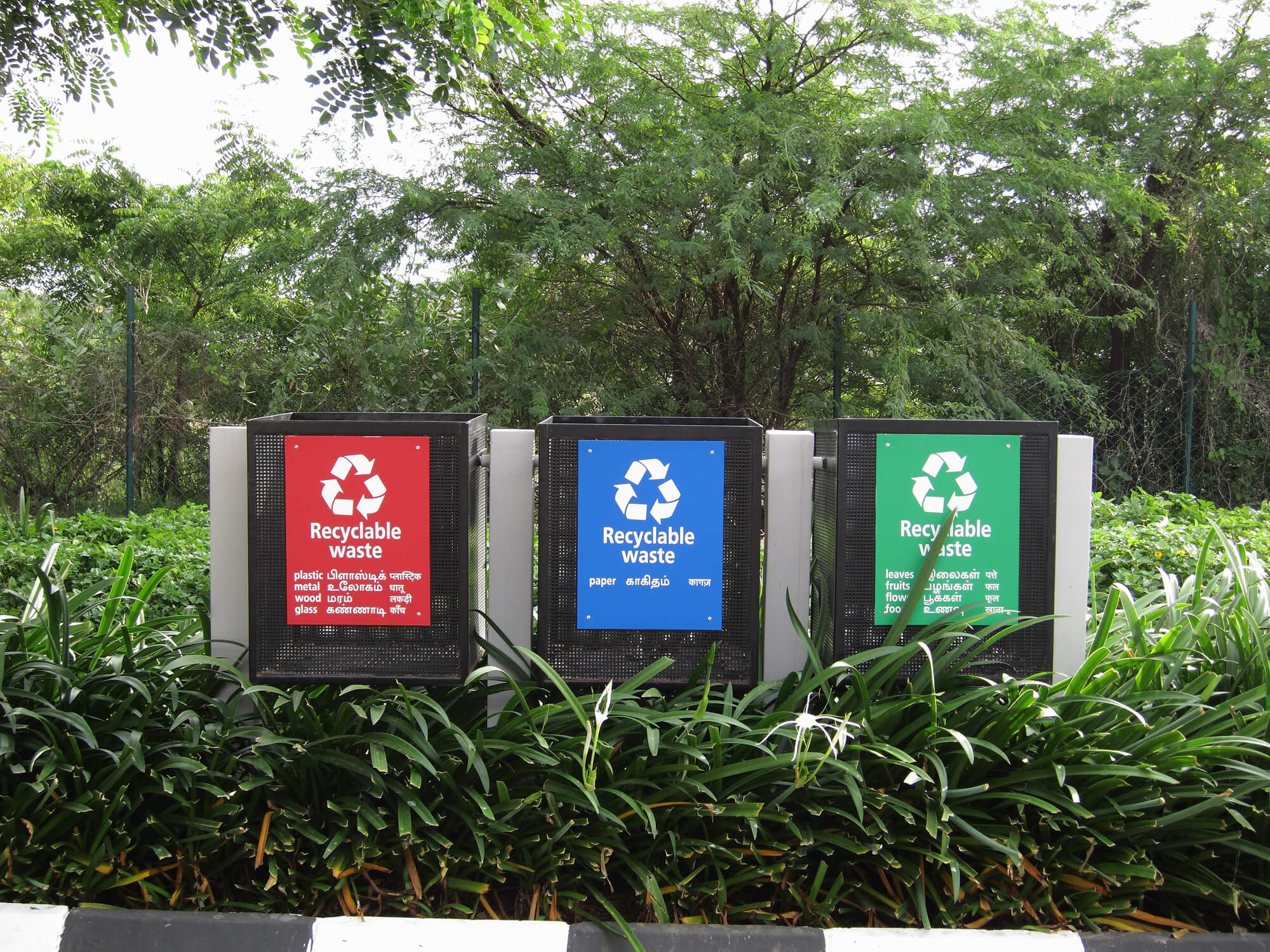
Cities produce most of the world’s waste and often fail to properly manage it. Beyond cleanliness and hygiene, garbage is a major source of GHG. But cities are also finding solutions. Mahindra World City, Chennai, for example, has set up a bio-CNG plant that creates a carbon-neutral ecosystem within the integrated city and converts 100% of the eight tons of food and kitchen waste generated daily in the city into 1000m3 of raw biogas. Fortaleza, Brazil, has invested in carbon capture systems to prevent methane from rotting organic matter in landfills from reaching the atmosphere. Waste segregation and planned disposal should be mandated across residential and commercial buildings, to truly capitalise on the waste-to-wealth value proposition.
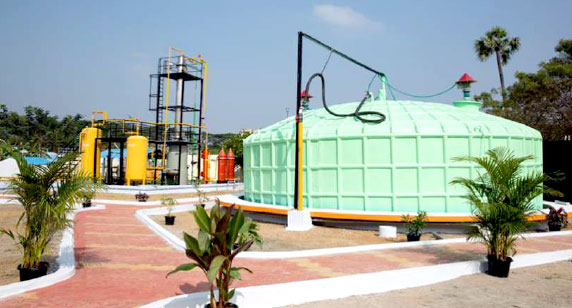
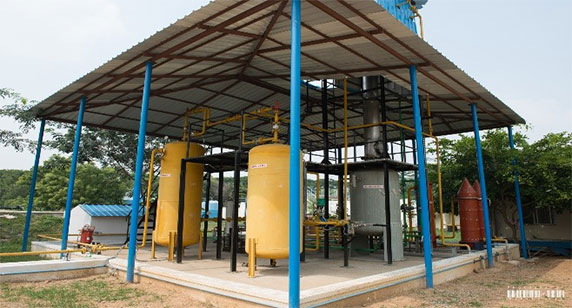
At the heart of every city lies opportunity. Efficient infrastructure and planning can reduce urban carbon footprint and improve quality of life. Collaboration between the world’s cities, driven by knowledge sharing and collective vision, will be key to this.



